 Abraham Lincoln
If given the truth, the people can be depended upon to meet any national crisis...
Abraham Lincoln
If given the truth, the people can be depended upon to meet any national crisis...
 Guildford news...
for Guildford people, brought to you by Guildford reporters - Guildford's own news service
Guildford news...
for Guildford people, brought to you by Guildford reporters - Guildford's own news service
Birdwatcher’s Diary No.227
Published on: 6 Mar, 2021
Updated on: 6 Mar, 2021
By Malcolm Fincham
A dramatic change of weather once again bestowed itself upon us as we approached the last two weeks of February.
Temperatures had increased by 14 degrees or more from that of below freezing, within just a few days. A southerly wind had drawn up all the way from northern Africa on an undulating jet-stream.
Holding back the Atlantic westerlies from south eastern areas of the UK helped to keep Surrey reasonably dry, for the most part.
Once again my avian friends had returned to their spring-like activities.
On local heathlands woodlarks regained their voices.
Skylarks could also now be heard in song.
While stonechats had begun to return to their heathland breeding sites.
My biggest concerns had been the survival of our Dartford warblers. This worry was soon alleviated when finding a good number had survived the brief wintery Baltic blast that we had recently encountered.
Wintering birds still lingered, though fieldfares were in my view looking rather tentative gathering in groups to roost as the afternoon sun began to wane.
While redwings were already gathering in their flocks, readying themselves to return to their homelands in Scandinavia.
With government lockdown rules still in force, I was by now losing my good nature, although a law-abiding citizen. While the gentry were still allowed to shoot game birds in groups, I wasn’t allowed to travel my usual distances to watch and photograph wildlife on my own!
Fortunately, with my archive of photos, I have been able to find enough pictures of wildlife to include that had recently been seen beyond the distance I was daring to travel.
Just over the Surrey border at Wraysbury in Berkshire a wintering drake smew had been reported. This was on one of the same lakes that I had photographed one just a few years ago.
Also there were several wintering goldeneye ducks too.
On Thursley Common the rustic and two little buntings could still be seen.
Common crossbills also continued to be reported there.
At Tice’s Meadows near Farnham the long-staying brent goose remained.
While at Papercourt water meadow at Send, a barn owl continued to show well on occasions.
And at Cutt Mill ponds in Puttenham, on occasions, at least five or more goosander could be viewed.
A long awaited spell of dry weather came as we approached the last few days of the month which even included a few days of sunshine. More spring-like days had increased bird song.
Coal tits were actively hanging onto the most slender twigs, in the still leafless trees.
While a marsh tit, noted by its pure black scalp, could also viewed among them.
I even managed my first record shot of the year of a distant hawfinch as it perched on a pine tree in silhouette one afternoon in the lowering sunlight.
Days were at last noticeably starting to lengthen. Calm and settled weather was upon us as a high pressure system stood ridged over the country producing clear blue skies. February 26 produced one of several delightful sunsets as the month came to a close.
I watched with interest as the sun set over the western horizon. 17.38 I noted it to finally leave my sight, warming my thoughts in the rapidly chilling air about me.
Looking to the east, a full moon had risen, as the London sky to my north faded out of view.
Some North American tribes named it the Hunger Moon due to the scarce food sources and hard hunting conditions during mid-winter.
It was common to track the changing seasons by following the lunar month rather than the solar year, for obvious reasons in those times and was also commonly known as the snow moon.
With draconian lockdown rules still in force, my daily exercise walks kept me restricted in my local pioneering projects. One such venture took me to check out a location not far from my front door where a pair of red kites had bred last year.
The nest site was high up in a pine tree and not easily visible to the eye. Having glimpsed a red kite gliding overhead I was hopeful they had made their return.
Having spent my time continuously looking up, my heart sank to my boots when I eventually looked to the ground.
A myriad of feared cognitive content had been summoned by my vision. A dead red kite lay on the ground just below my feet. It still looked in almost perfect condition in its beautiful plumage.
My anxieties were calmed a little when looking up to see two red kites still circling overhead.
The unfortunate dead bird was possibly a “persona non grata” that had chanced its luck. A short encounter had seen this large but delicate bird come second best in its dispute of territory.
Spring-like conditions continued to the last days of the month. On February 27 I saw and even managed to photograph my first butterfly of the year. It was brimstone, thought to be origin of the name butterfly due to its colour.
On local lakes some of the great crested grebes had not only come into summer plumage, but were also pairing up, with some already performing their mating rituals.
At Stoke Lake a male kingfisher was present, although not easily picked out as it perched up deep in the sallows.
Little grebes were also calling from the reedbeds.
While blackthorn had already started to burst into blossom, as always, adding the first splash of colour to the lakeside.
Looking out across the River Wey from the Burpham end of the Riverside Nature Reserve, a few wintering wigeon could still be viewed some distance away in a pool at Bower’s Court Farm.
A few shoveller ducks were also there.
Other pleasant photos I managed to add to my sightings as the month came to a close, included.
A little egret that I managed to capture in flight.
A female kingfisher (note orange lower mandible) at Britten’s Pond.
A green woodpecker, some distance away hiding in full view!
A bullfinch showing off what it’s often recognised by as it flies away – Its white rump!
And another delightful picture of a firecrest.
The rarest sighting of the month and in close contention with the ‘snow bear’ that I pictured in a report in January, was this time a ‘tigger’!
Obviously not only seen in the One Hundred Acre Wood!
Responses to Birdwatcher’s Diary No.227
Leave a Comment Cancel replyPlease see our comments policy. All comments are moderated and may take time to appear. Full names, or at least initial and surname, must be given.
Recent Articles
- Letter: Those in Elected Office Should Refrain from Deliberately Misleading the Public
- Cup Run Ends After City Fade in Second Half
- Press Regulator Condemns Behaviour of News Group Newspapers
- MP Says Raw Sewage Flooding Gardens is ‘Absolutely Disgusting’ – ‘Thames Water Must Stop It’
- Opinion: We Should Restore Clandon House
- Letter: Report on Councils’ Collaboration Benefits Has Been Over-hyped
- Council Tenants Unhappy With the Way GBC Handles Their Complaints
- Police Operation Puts Drug Gang Members Behind Bars
- Declaration Marks 750th Anniversary of a ‘Dark Day in Guildford’s History’
- Letter: For Democracy to Work We Need to Engage


Recent Comments
- Anthony Mallard on Opinion: We Should Restore Clandon House
- Heather Evans on Council Tenants Unhappy With the Way GBC Handles Their Complaints
- Michael Foster on Regulator Finds ‘Serious Failings’ in GBC’s Council Housing Safety Compliance
- Dave Middleton on Council Tenants Unhappy With the Way GBC Handles Their Complaints
- Jane Austin on Reported Council Collaboration Savings Contested By Opposition Councillors
- Andrew Few on Memories Of The Young Eric Clapton at Guildford’s Harvest Moon Club
Search in Site
Media Gallery
Dragon Interview: Local Artist Leaves Her Mark At One of England’s Most Historic Buildings
January 21, 2023 / No Comment / Read MoreDragon Interview: Lib Dem Planning Chair: ‘Current Policy Doesn’t Work for Local People’
January 19, 2023 / No Comment / Read MoreA3 Tunnel in Guildford ‘Necessary’ for New Homes, Says Guildford’s MP
January 10, 2023 / No Comment / Read More‘Madness’ for London Road Scheme to Go Ahead Against ‘Huge Opposition’, Says SCC Leader
January 6, 2023 / No Comment / Read MoreCouncillor’s Son Starts Campaign for More Consultation on North Street Plan
December 30, 2022 / No Comment / Read MoreCounty Council Climbs Down Over London Road Works – Further ‘Engagement’ Period Announced
December 14, 2022 / No Comment / Read MoreDragon Interview: GBC Reaction to the Government’s Expected Decision to Relax Housing Targets
December 7, 2022 / No Comment / Read MoreHow Can Our Town Centre Businesses Recover? Watch the Shop Front Debate
May 18, 2020 / No Comment / Read More




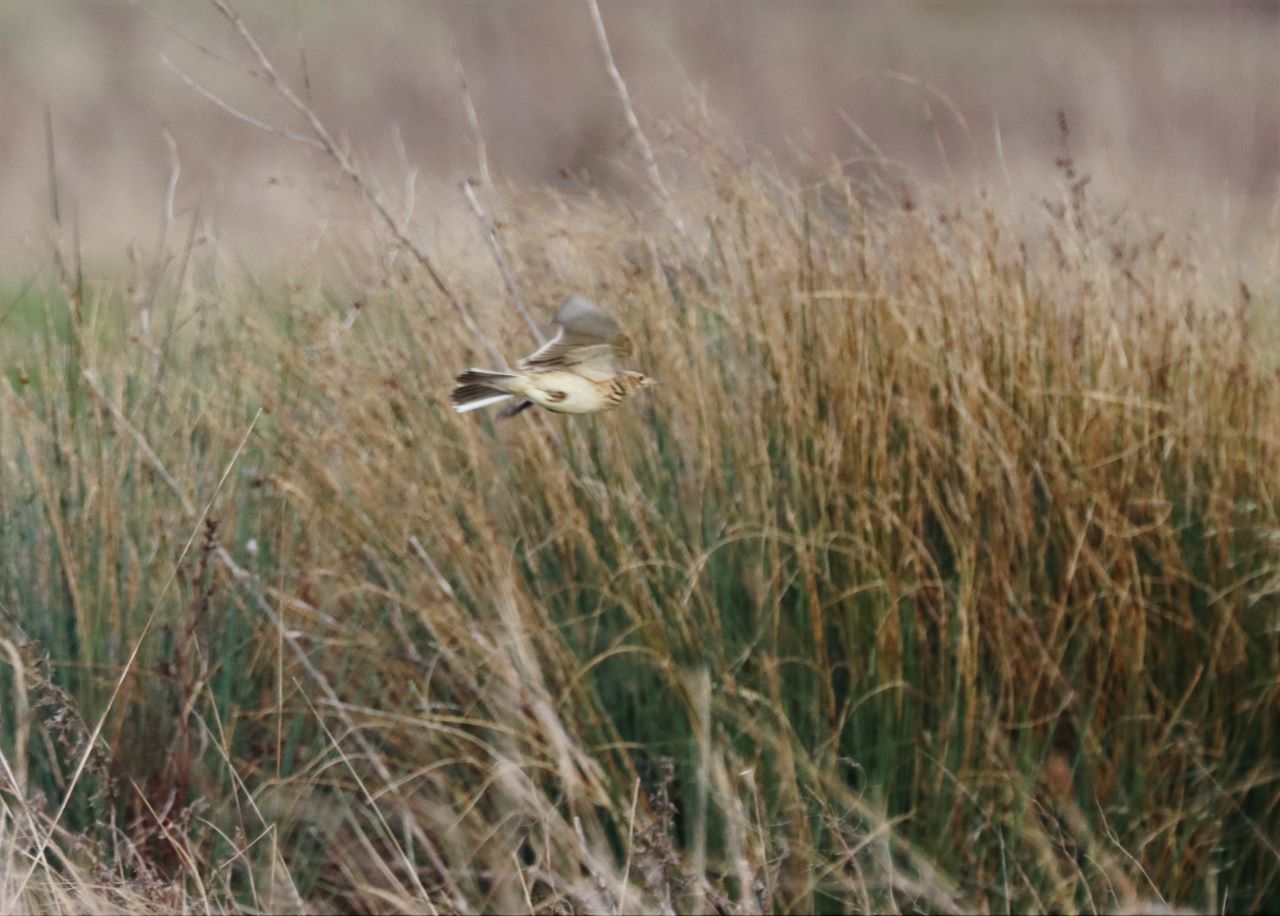


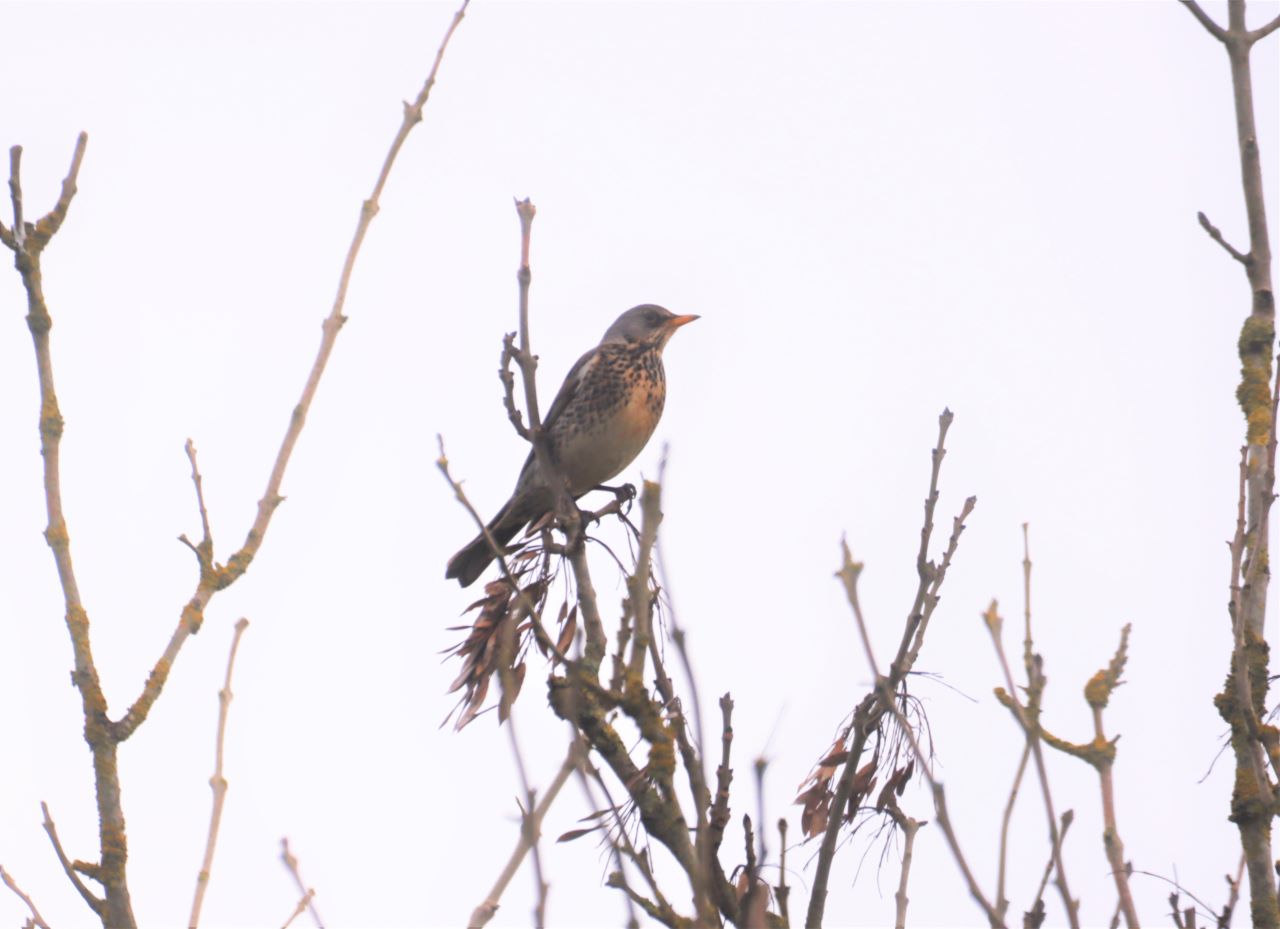

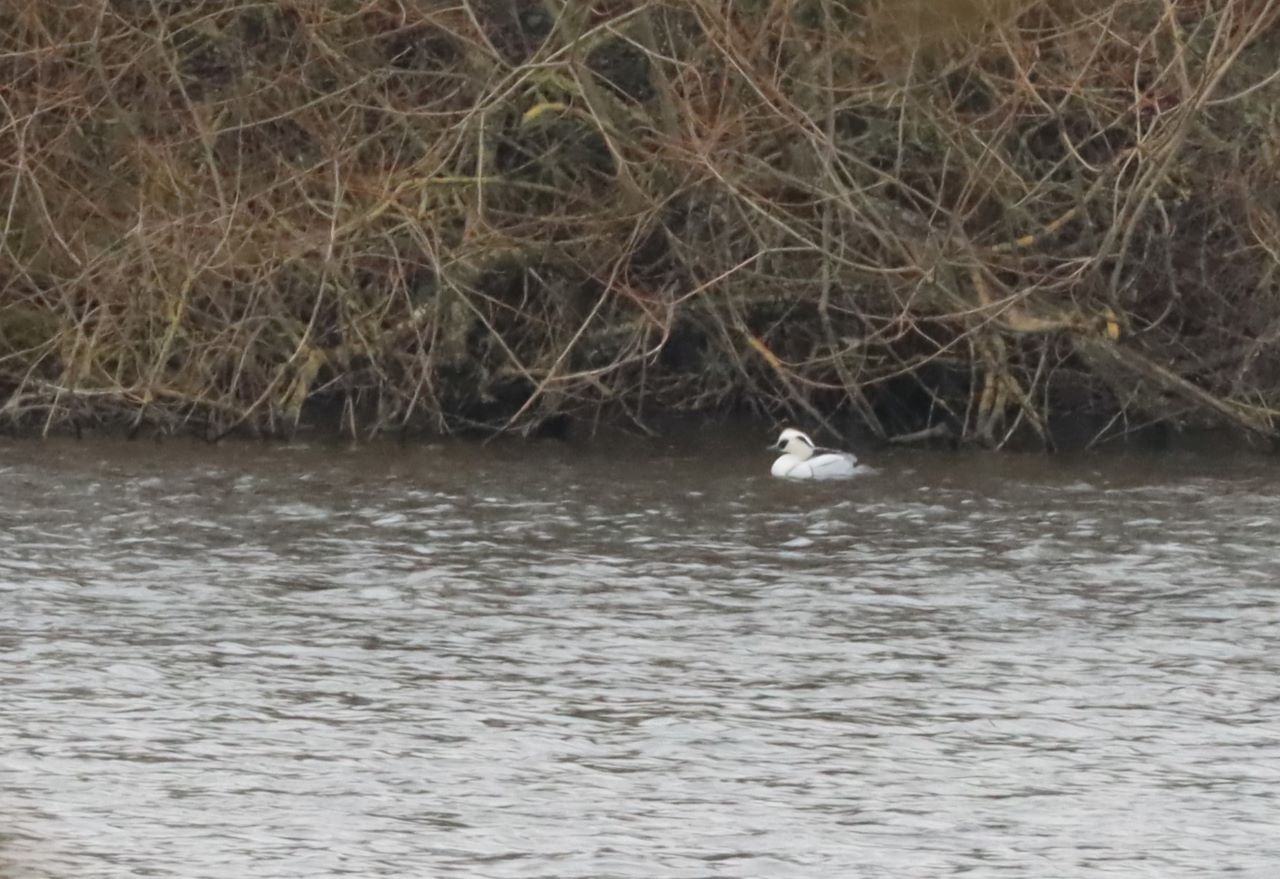
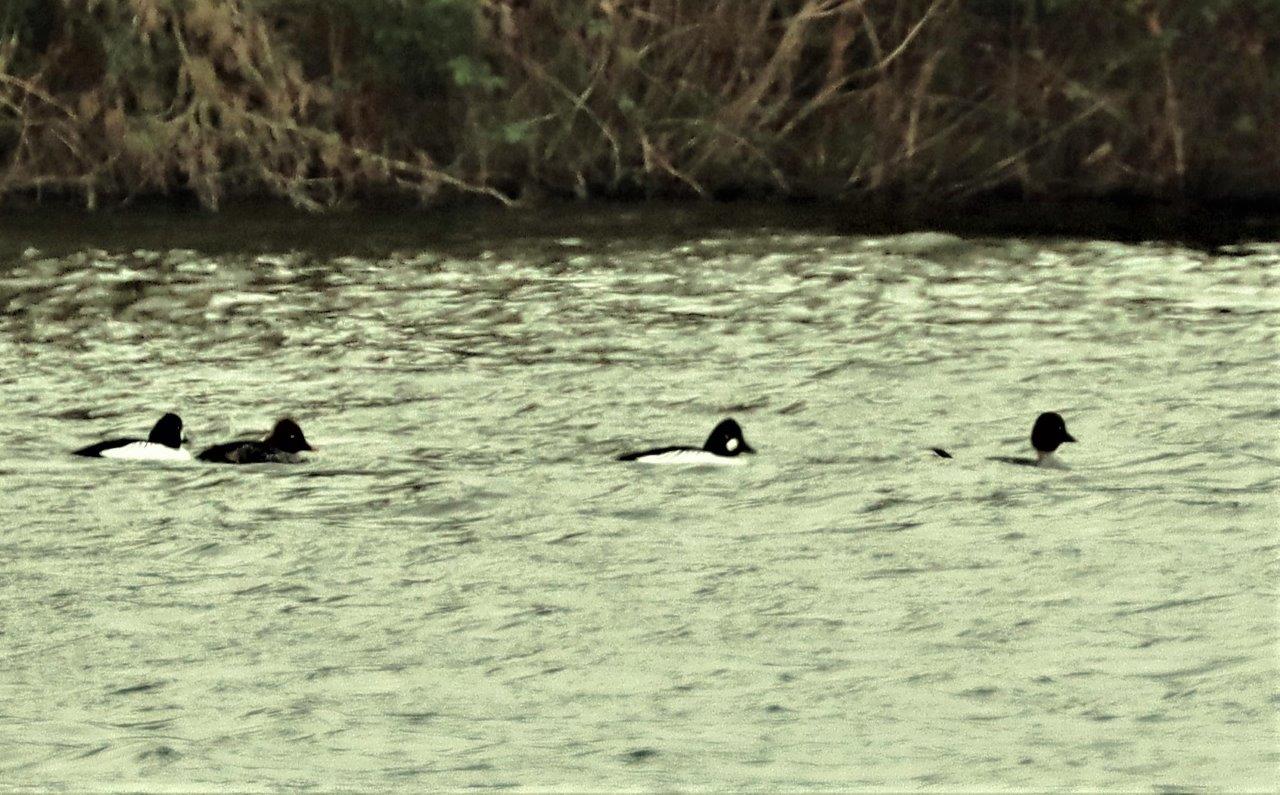
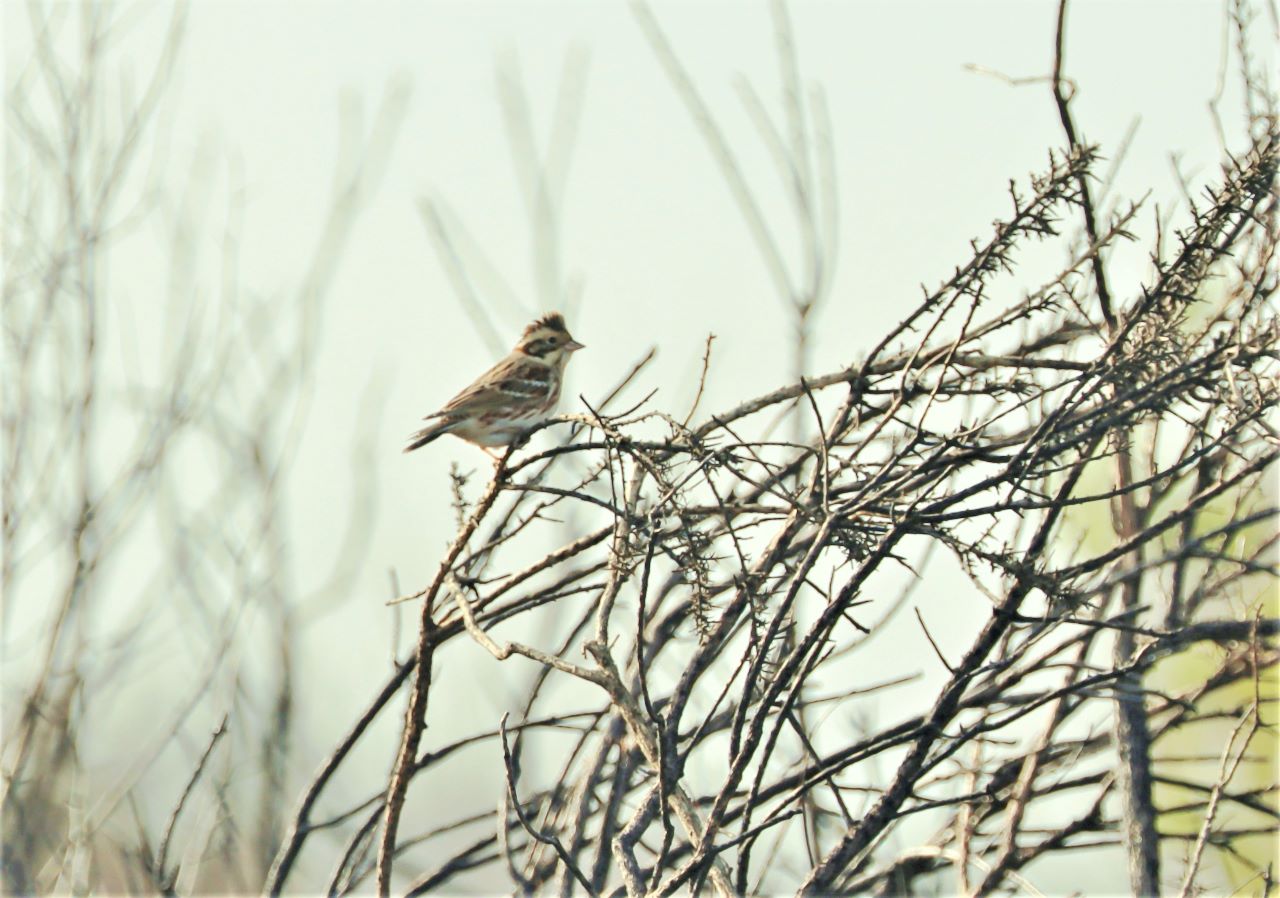


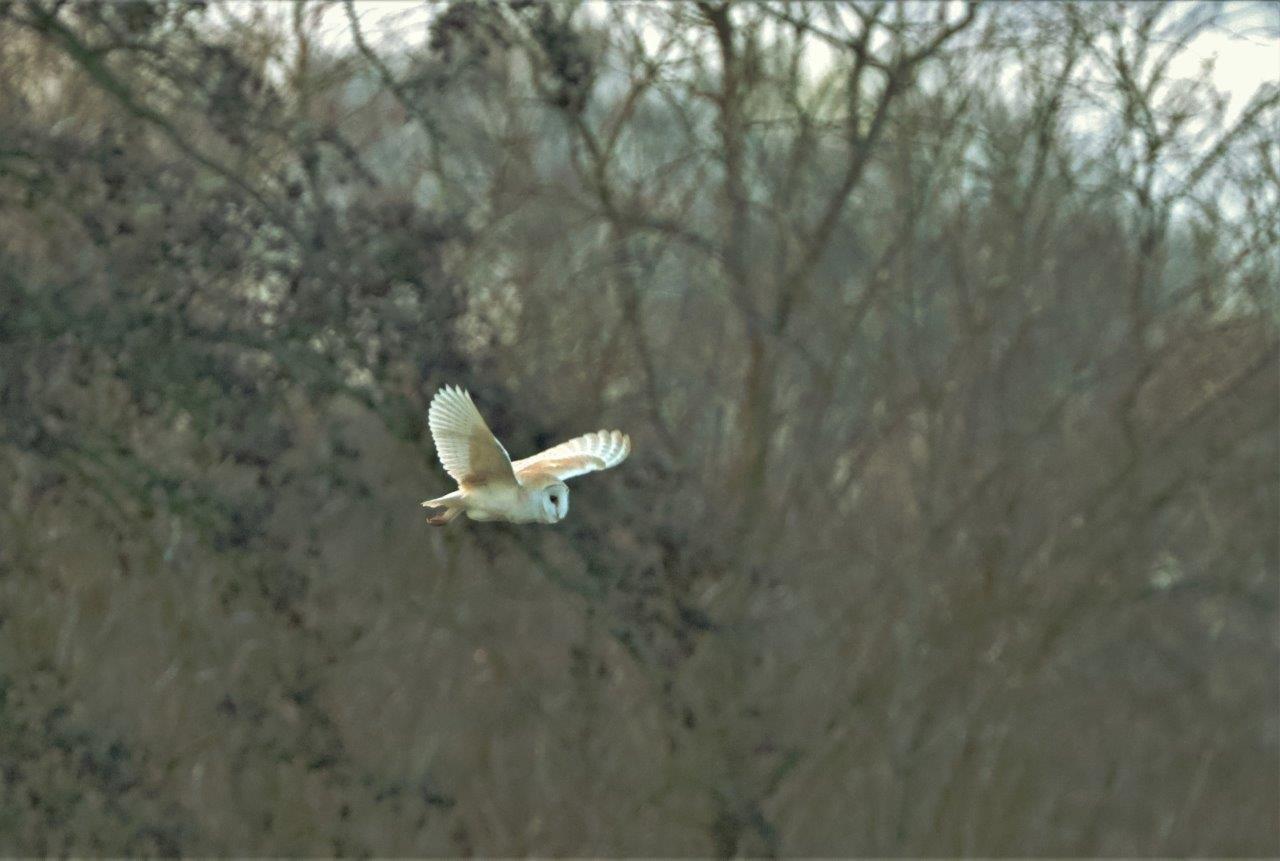
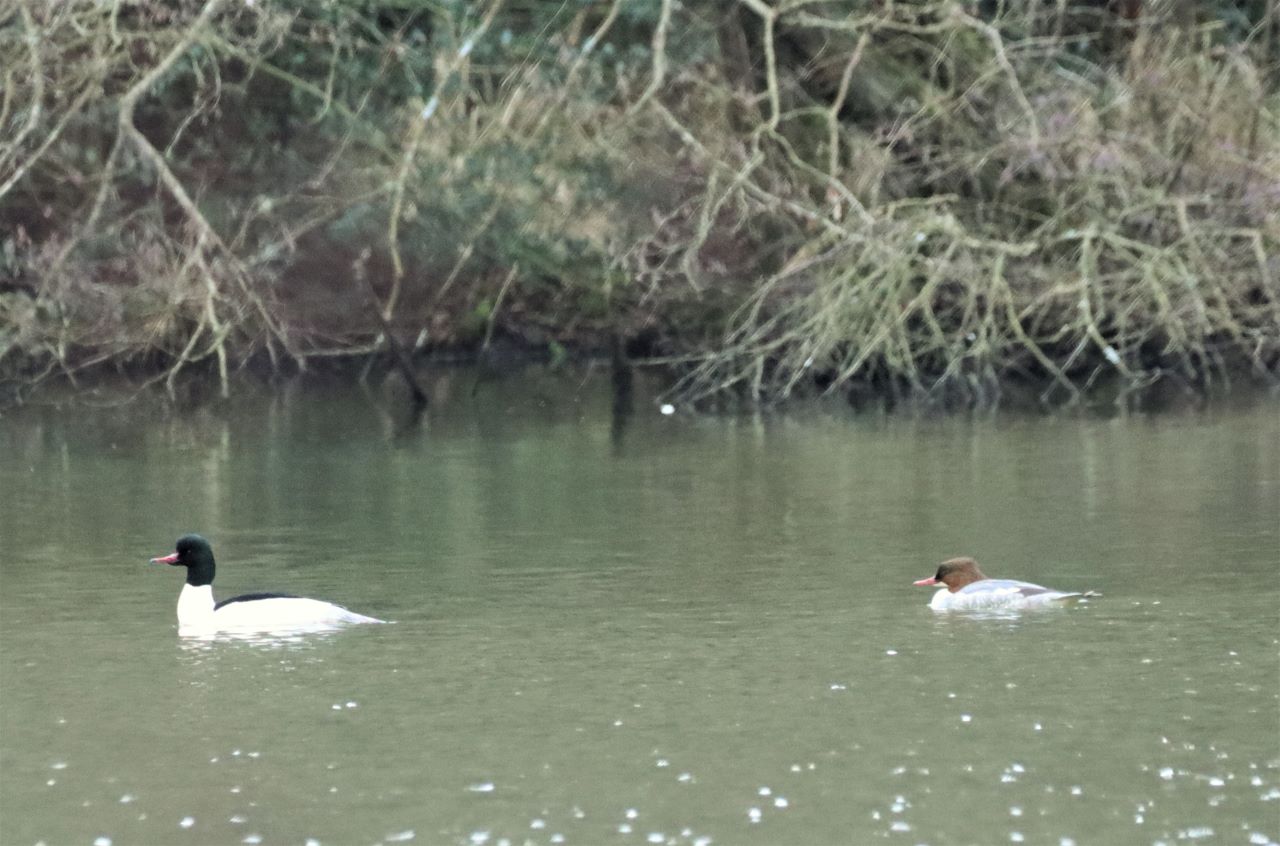


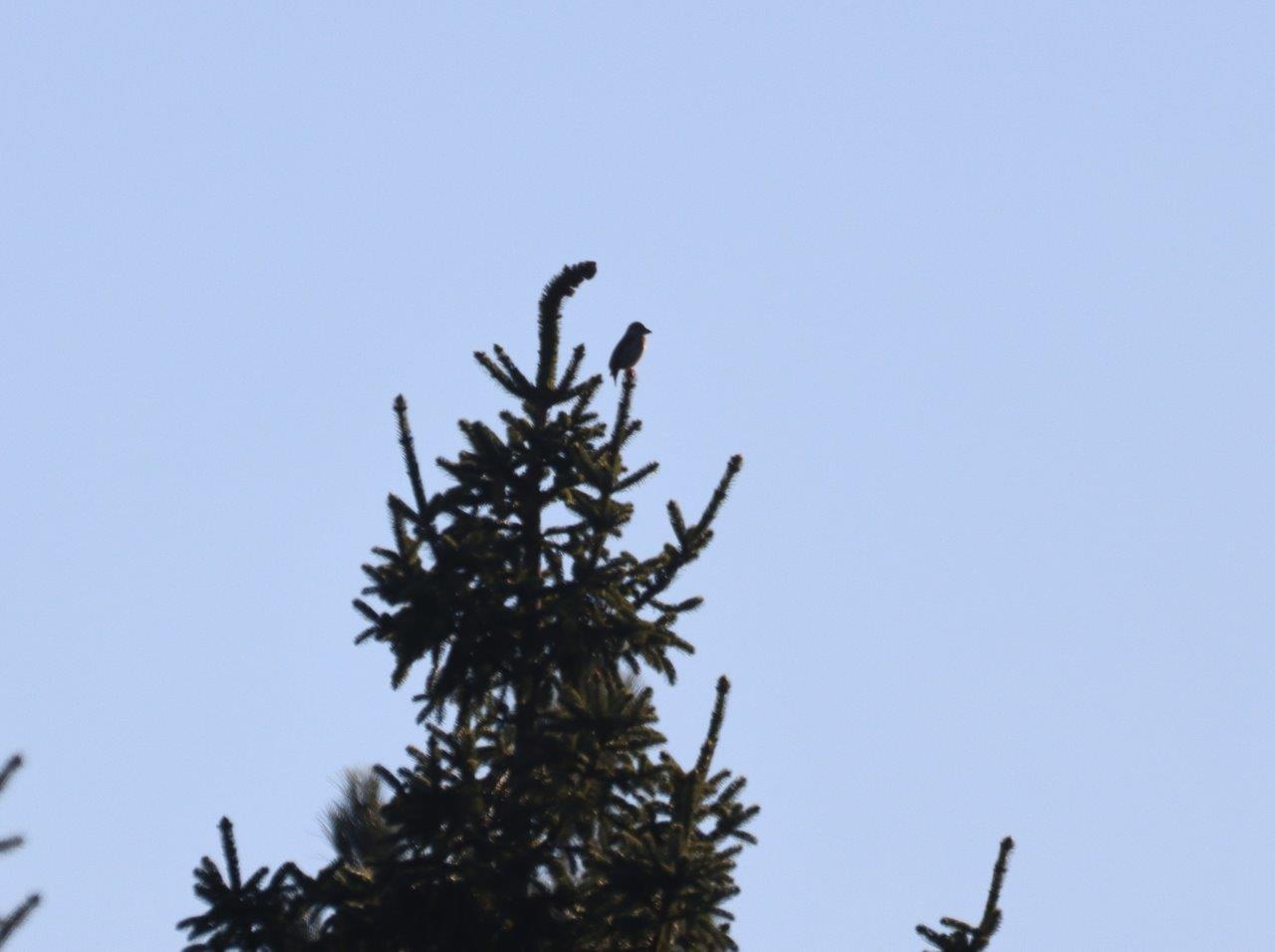
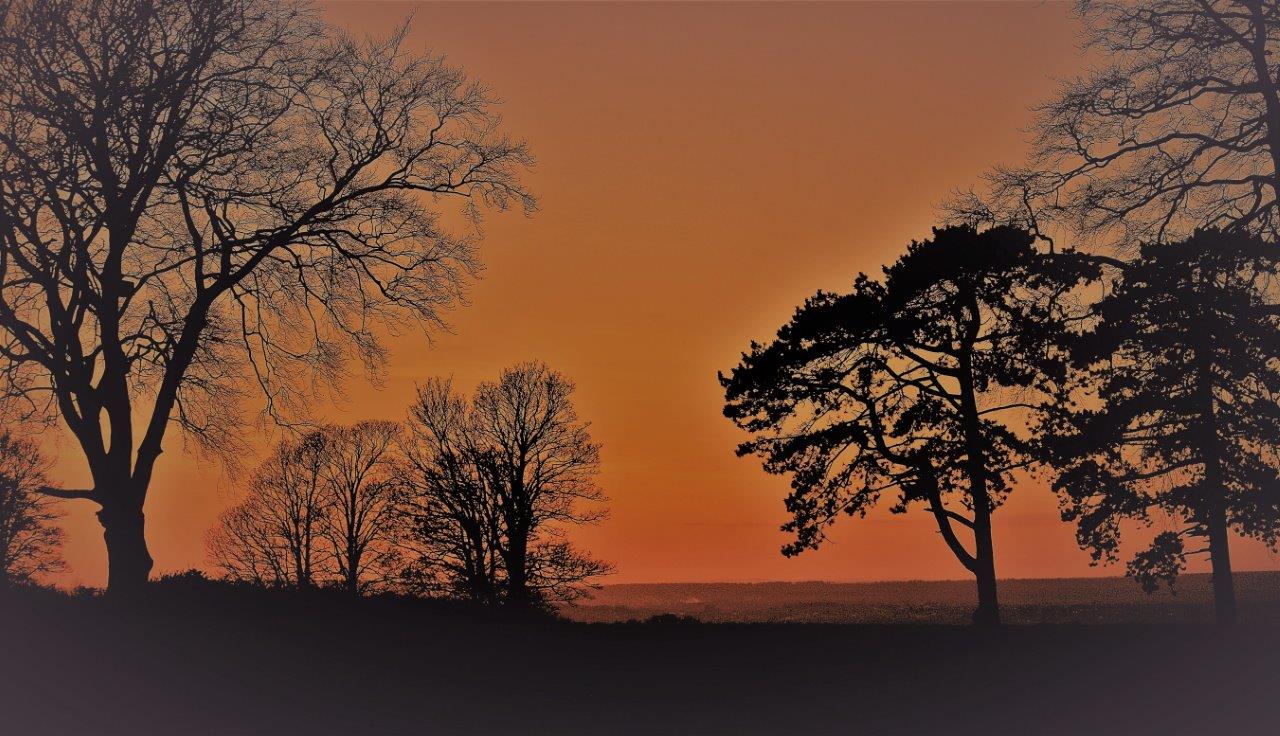
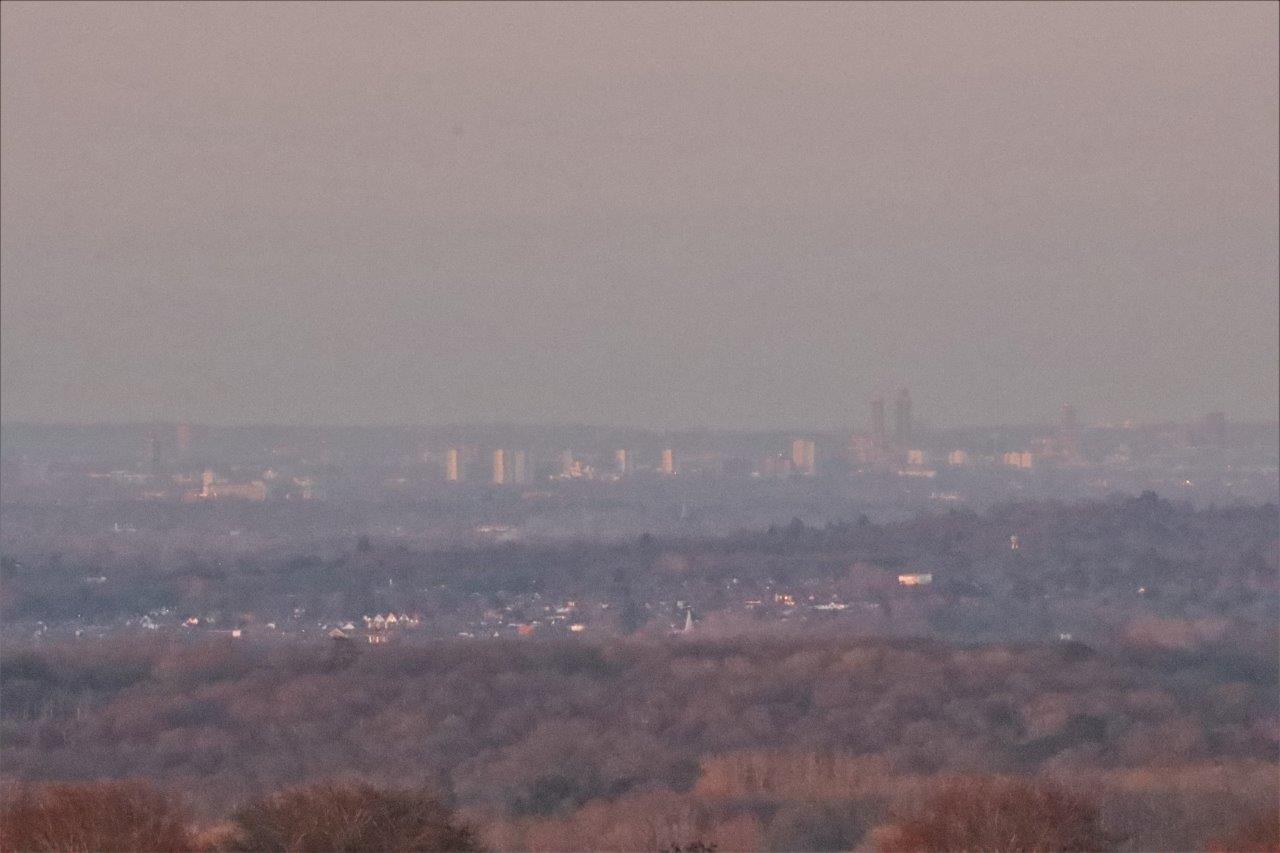
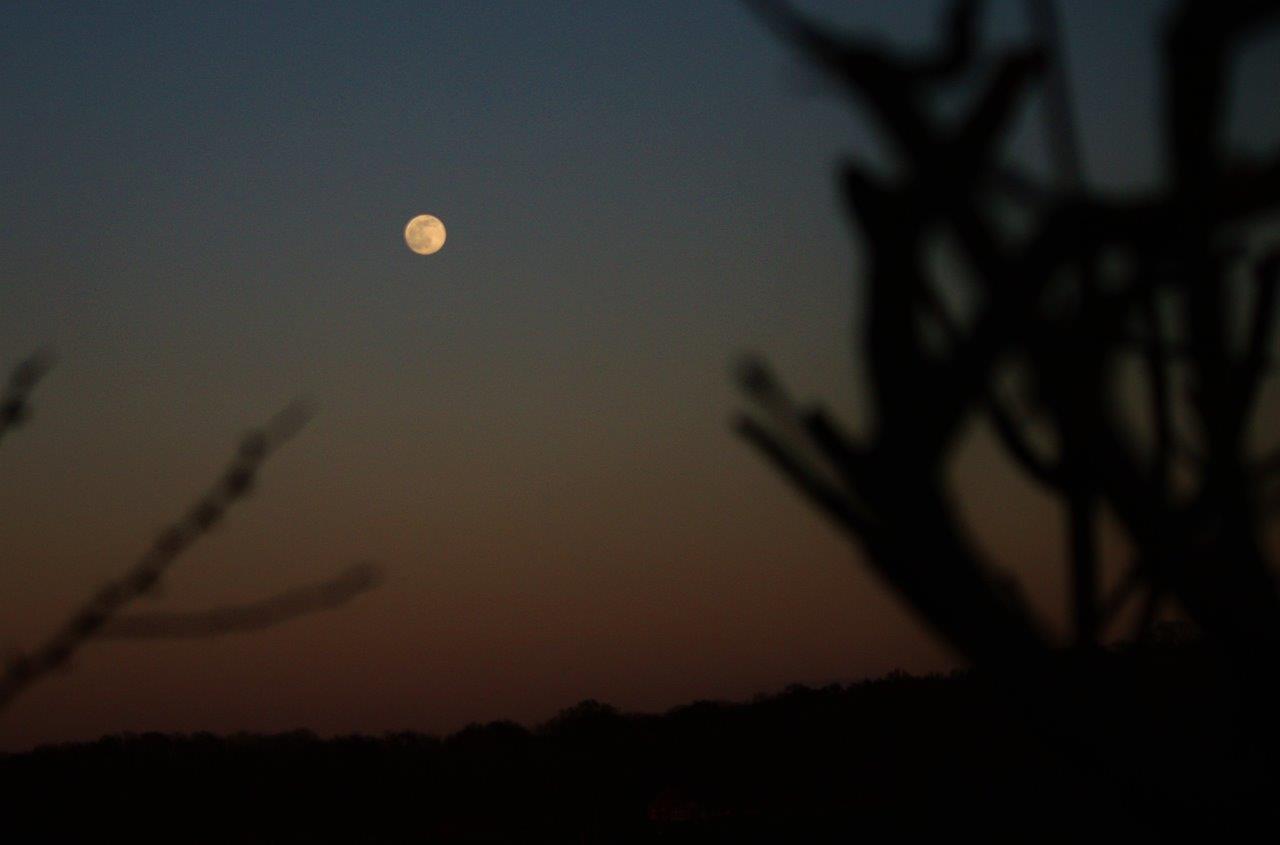


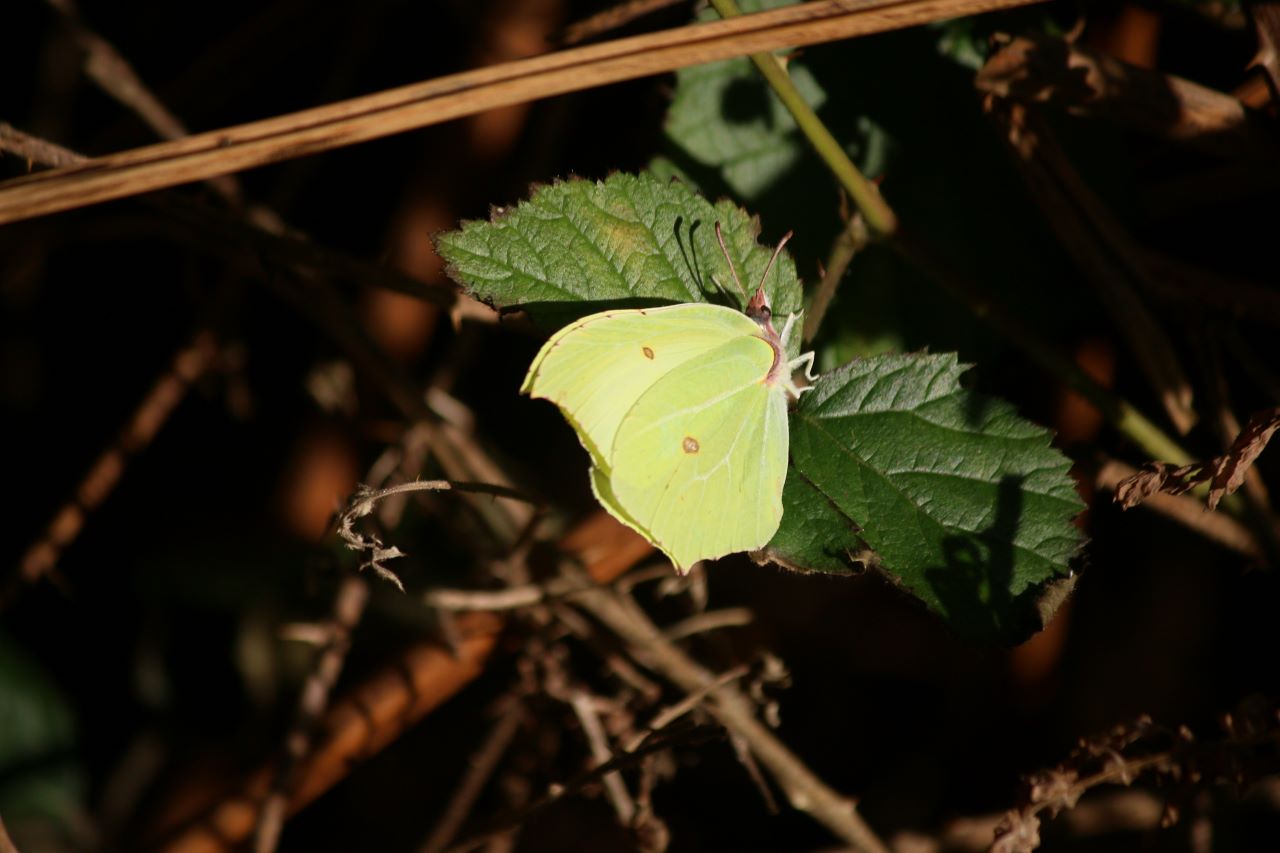
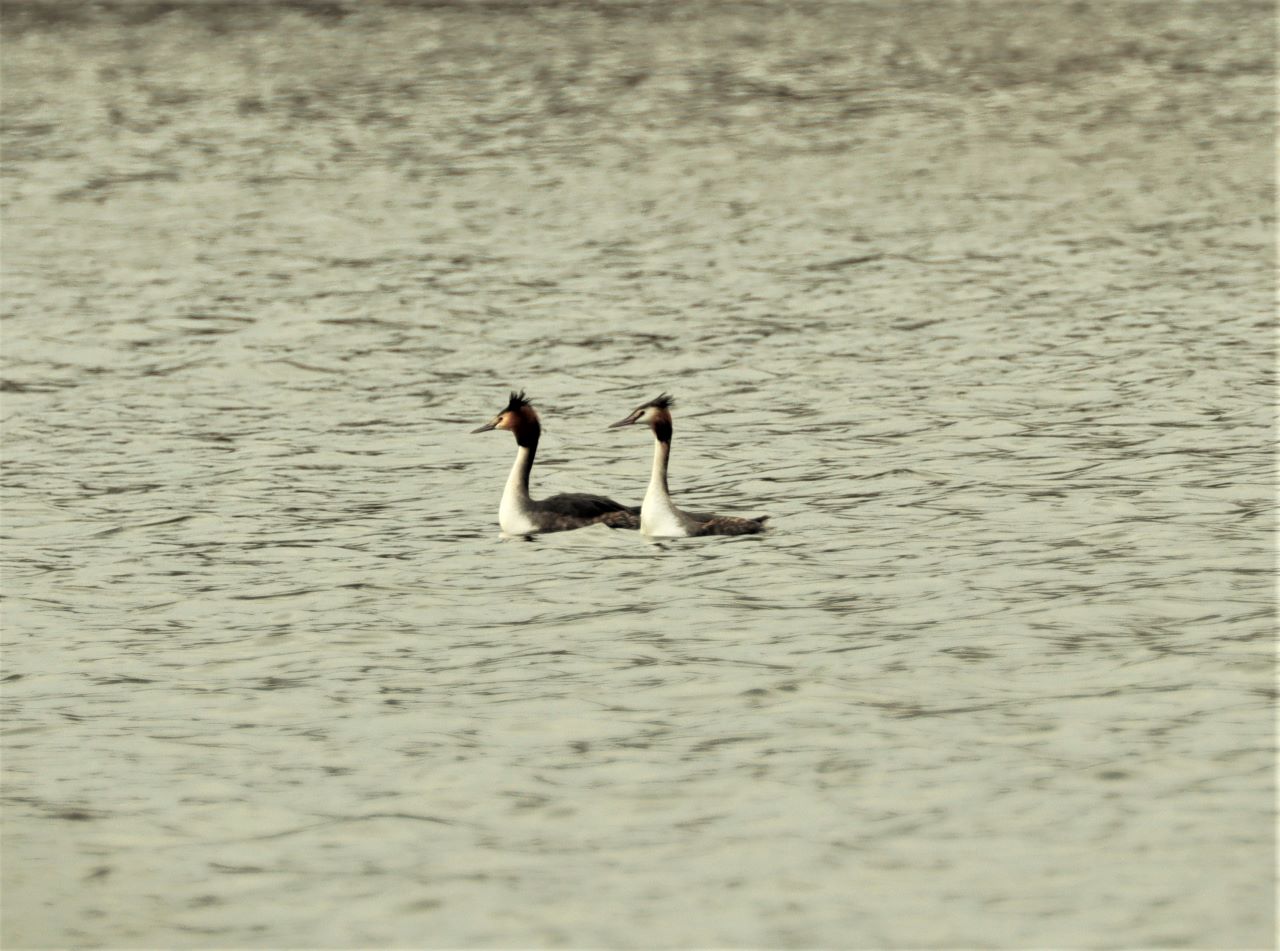



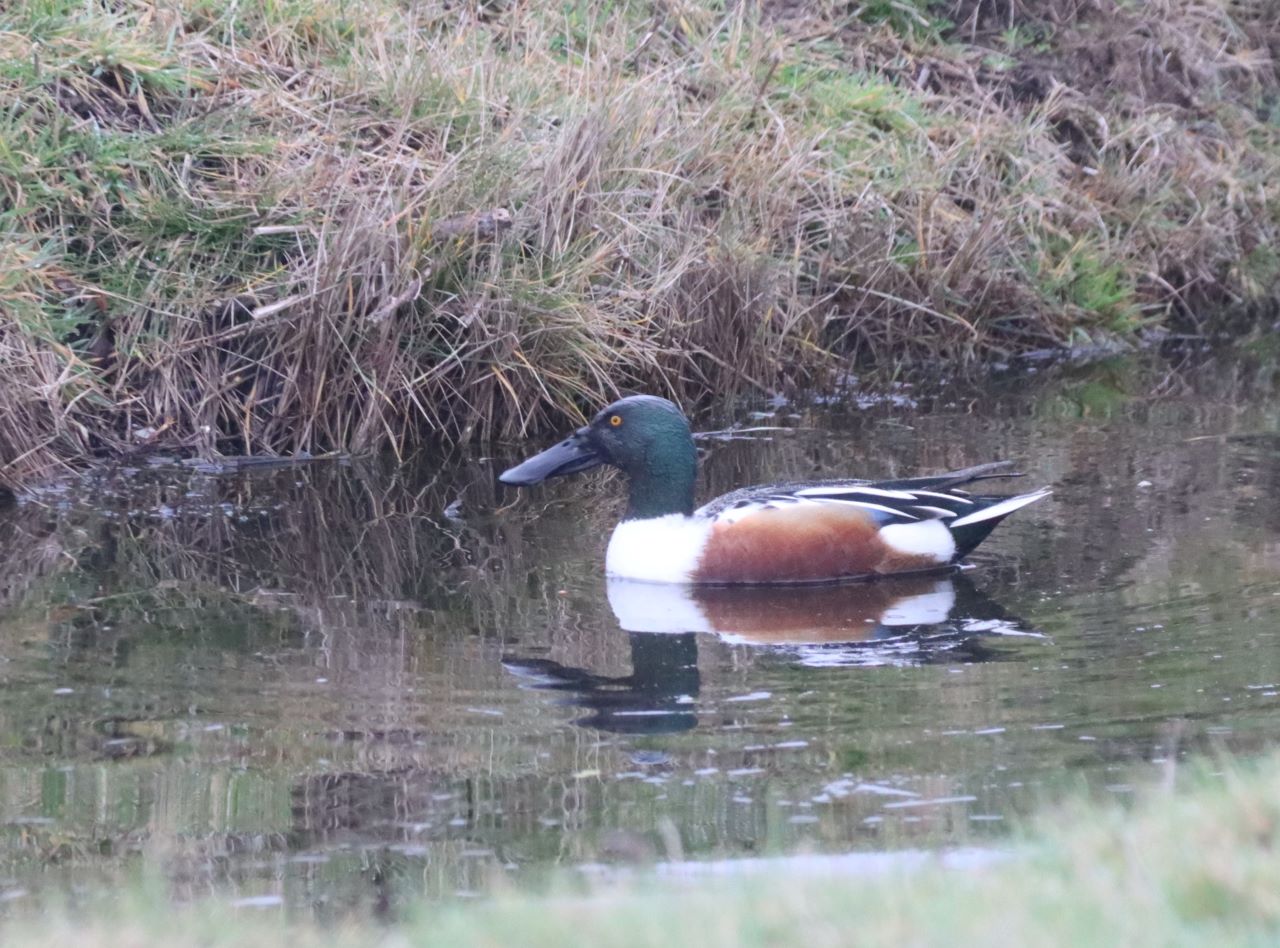
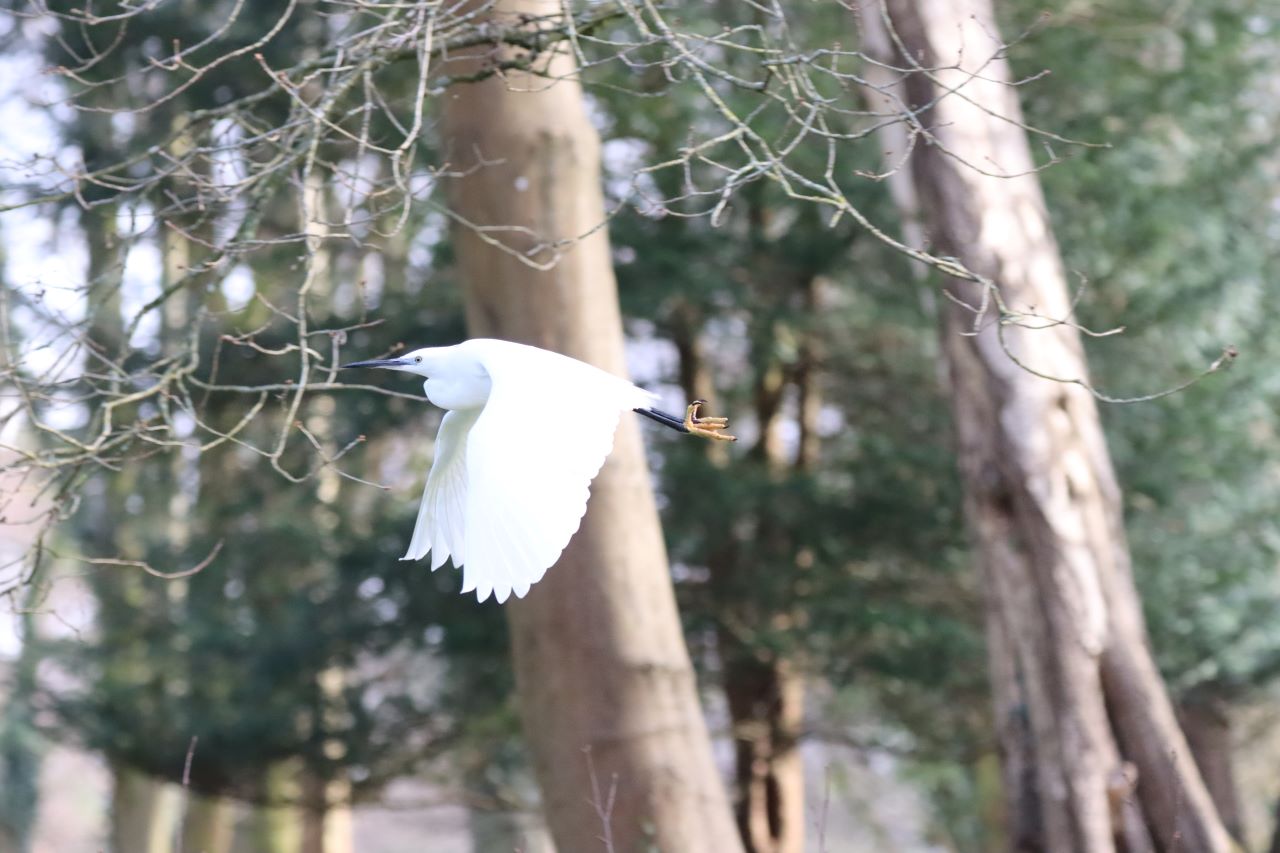
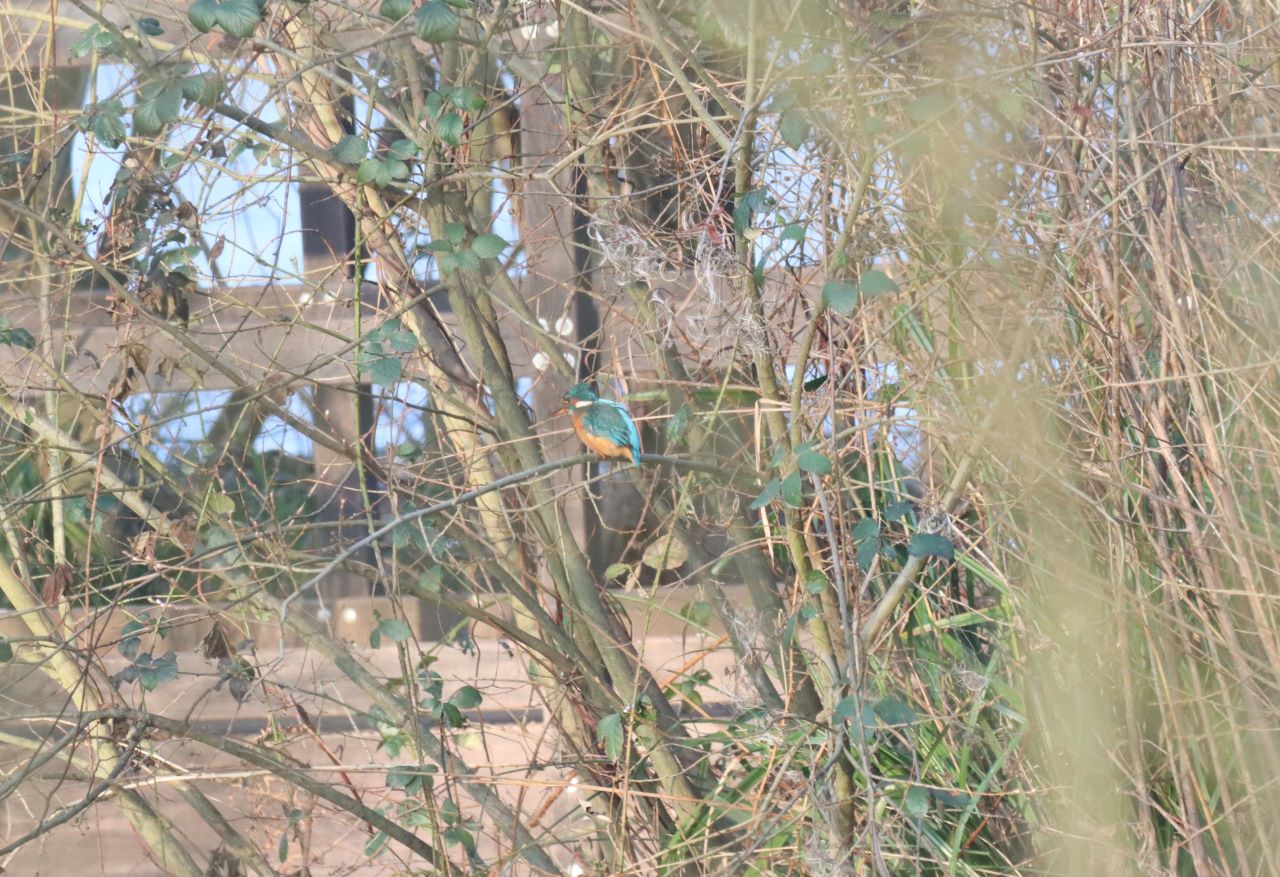
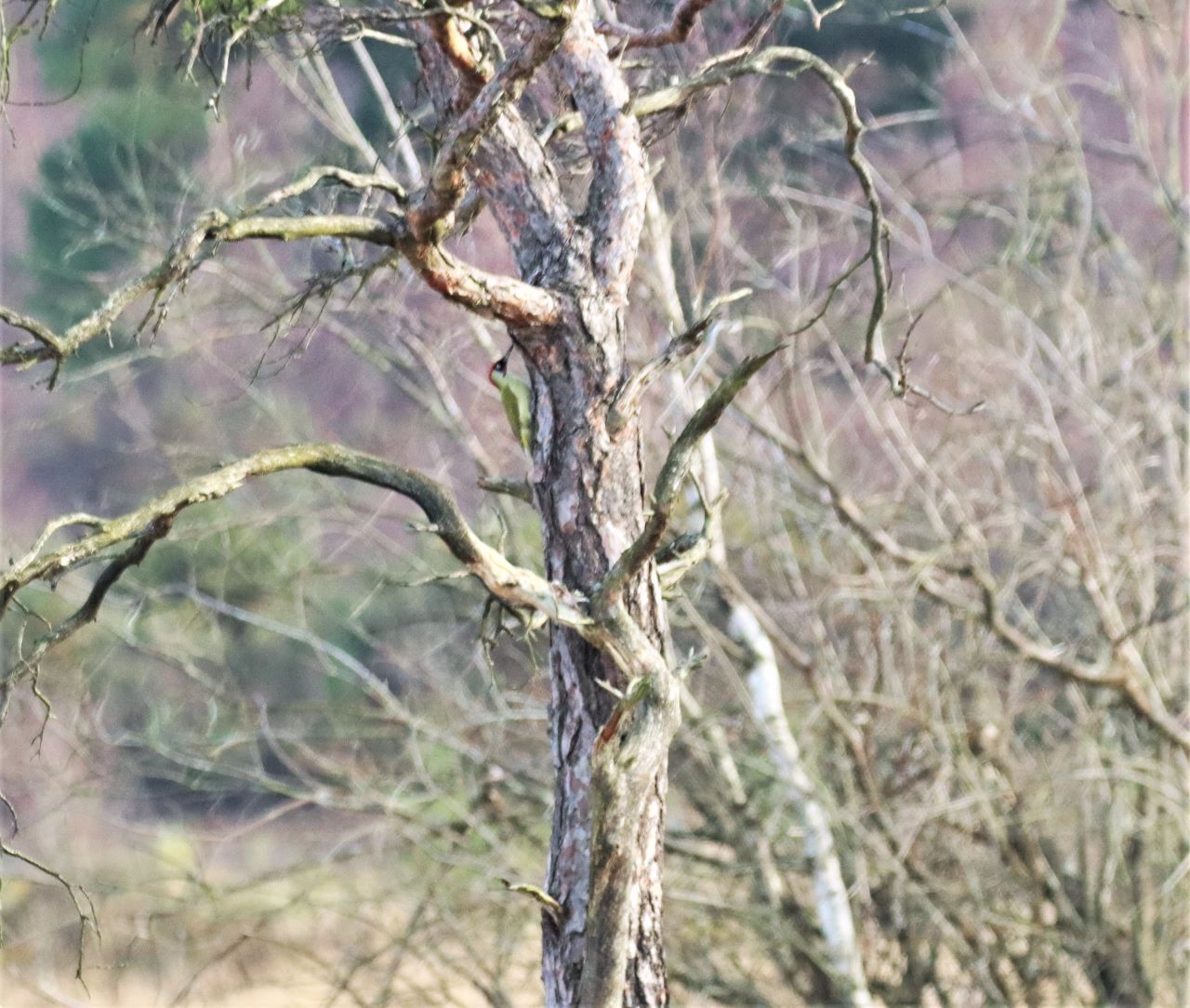
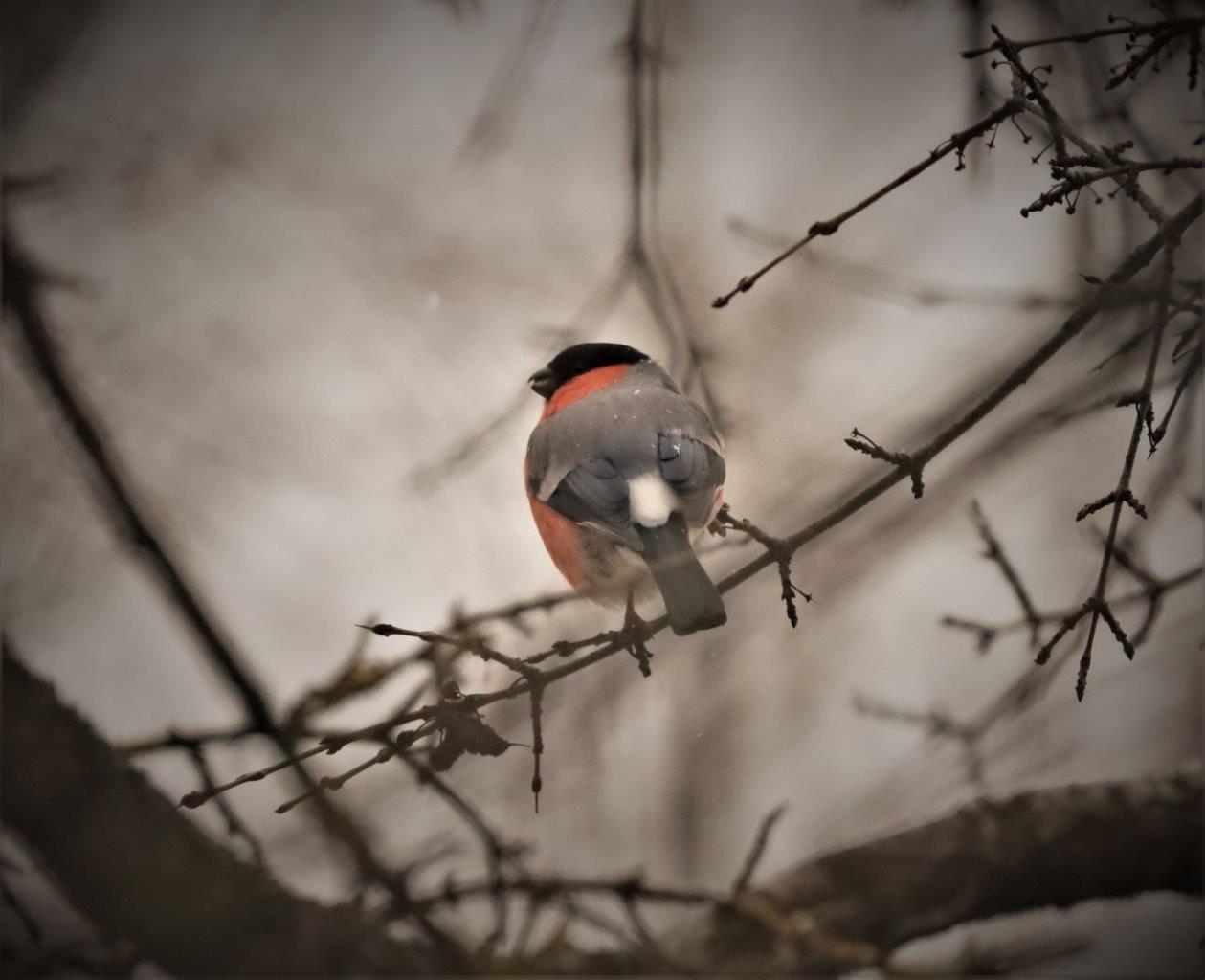
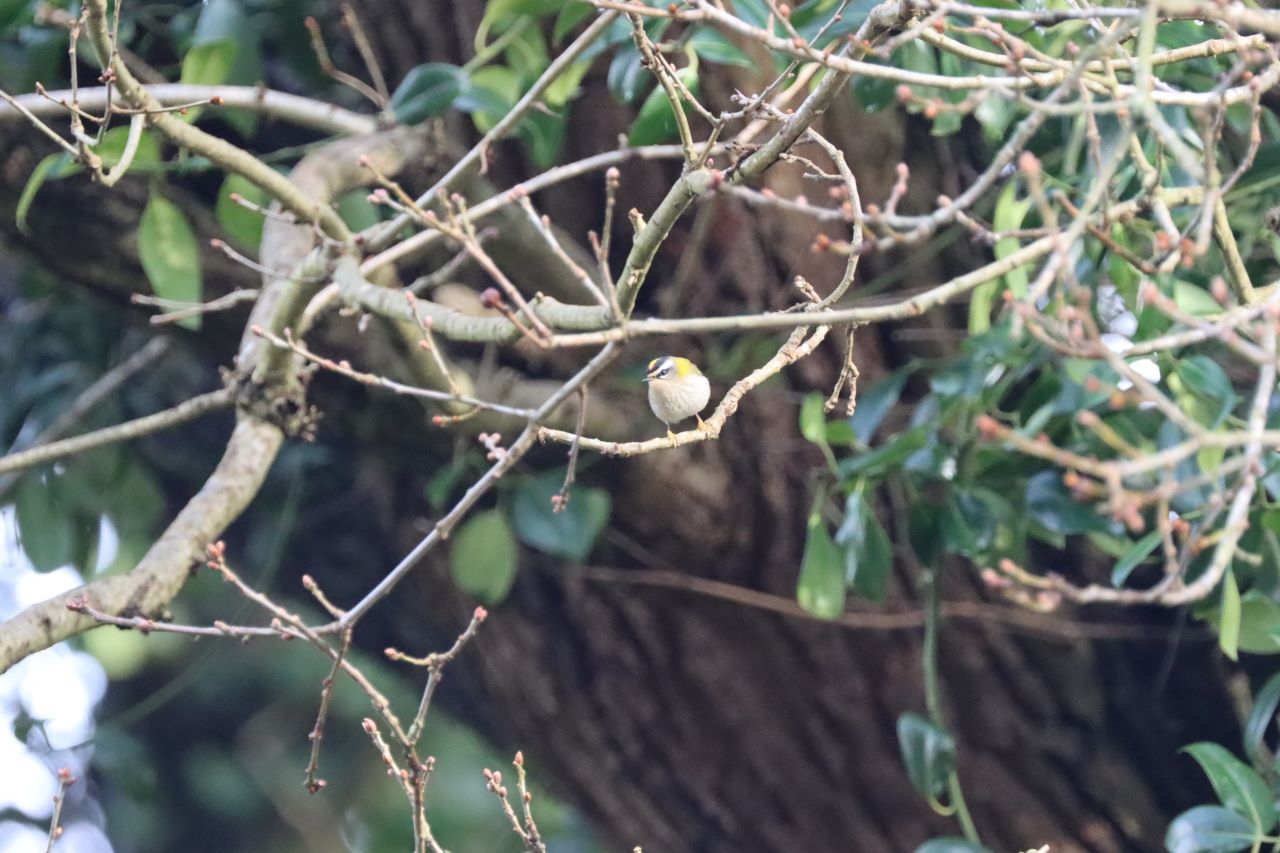







Lisa Land
March 7, 2021 at 10:30 am
This is such a good post, with some great and rare sightings.
I’m sure this must have taken a lot of time and patience. Hawfinch! That’s impressive.
Thank you.